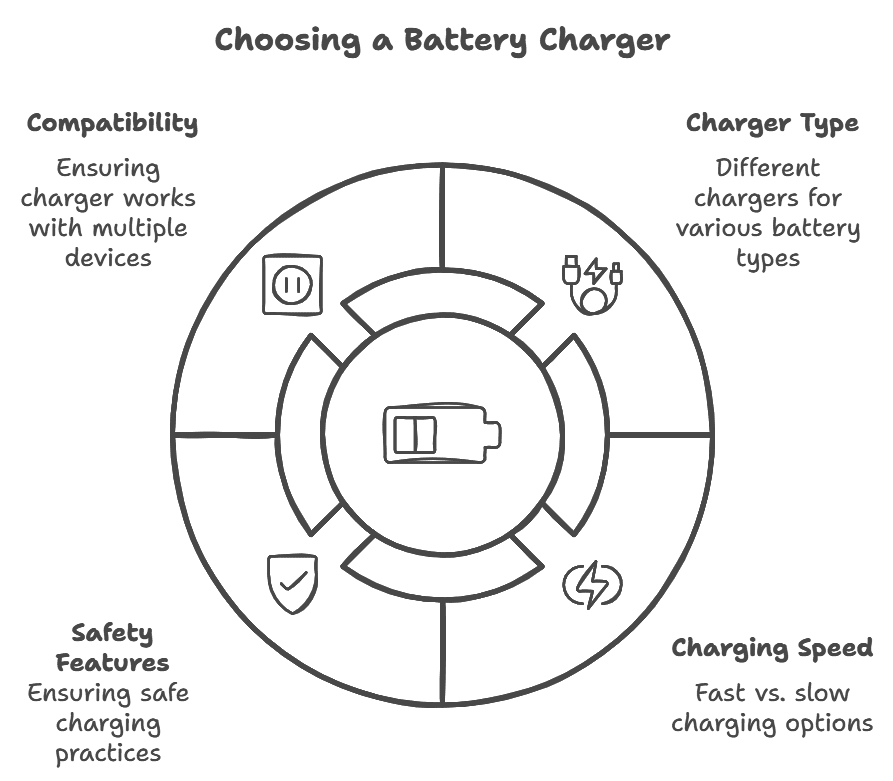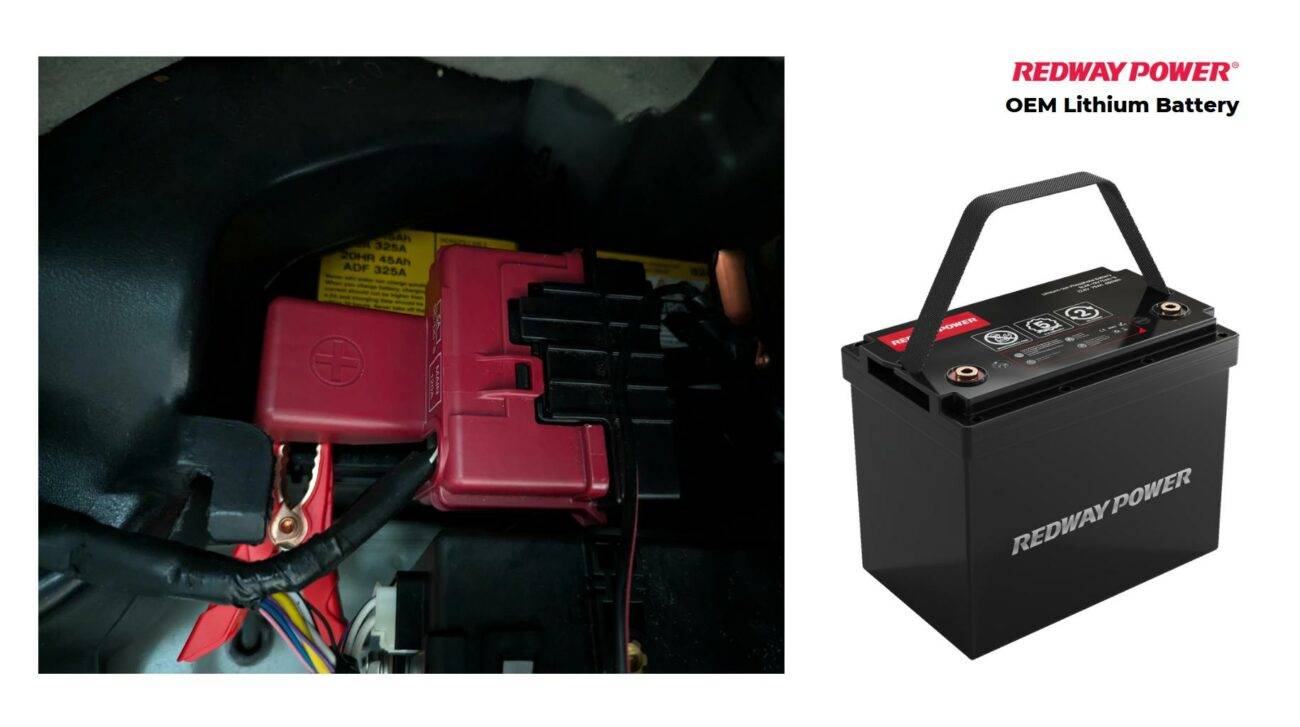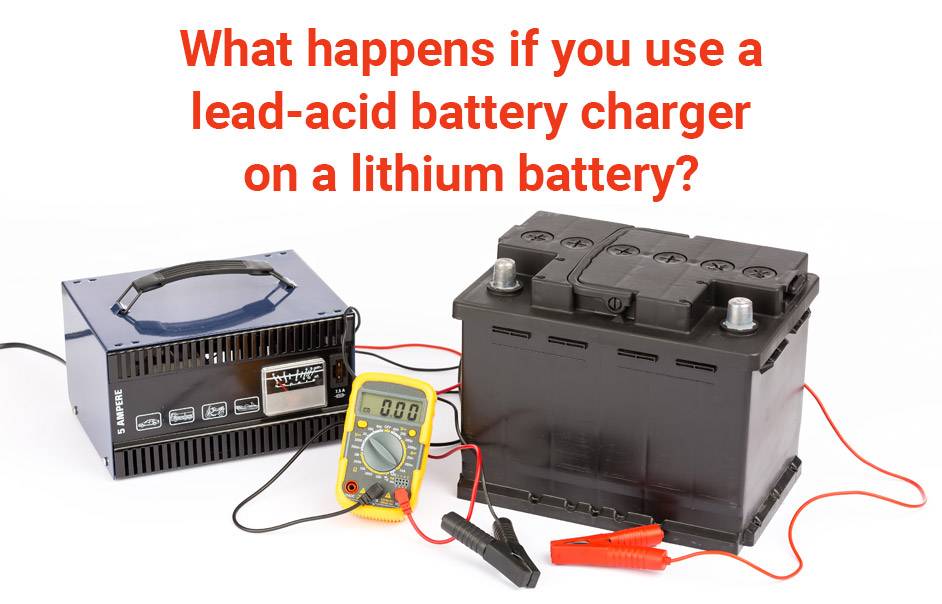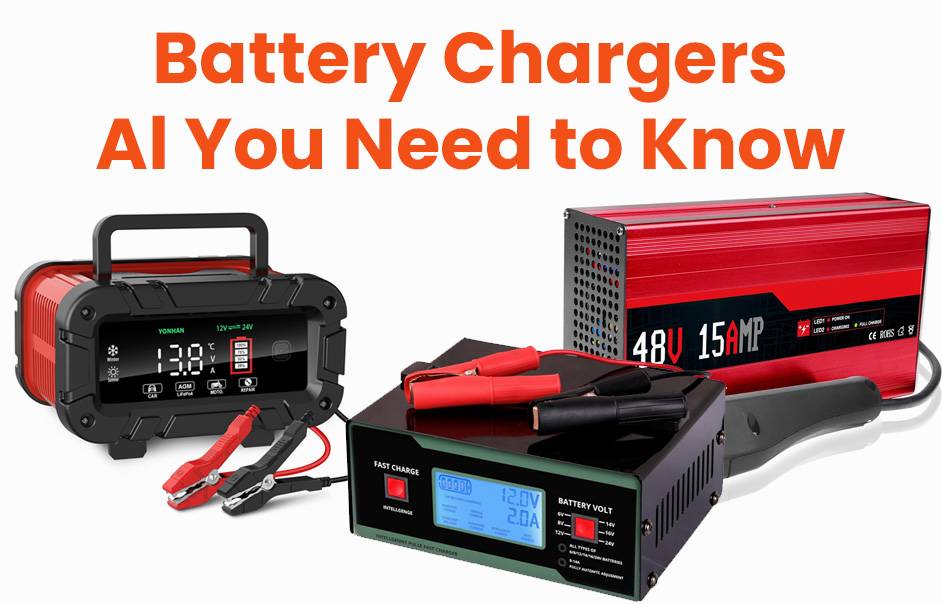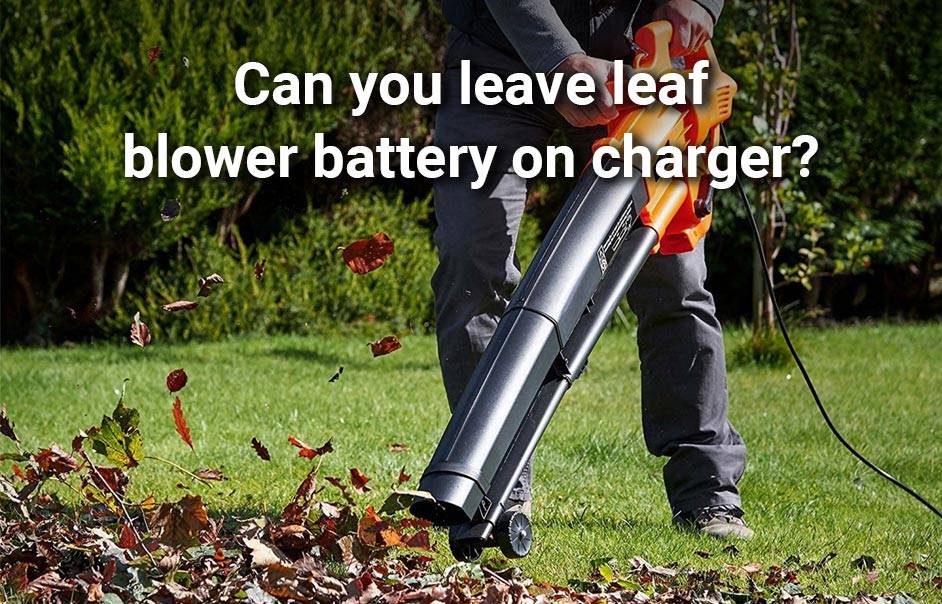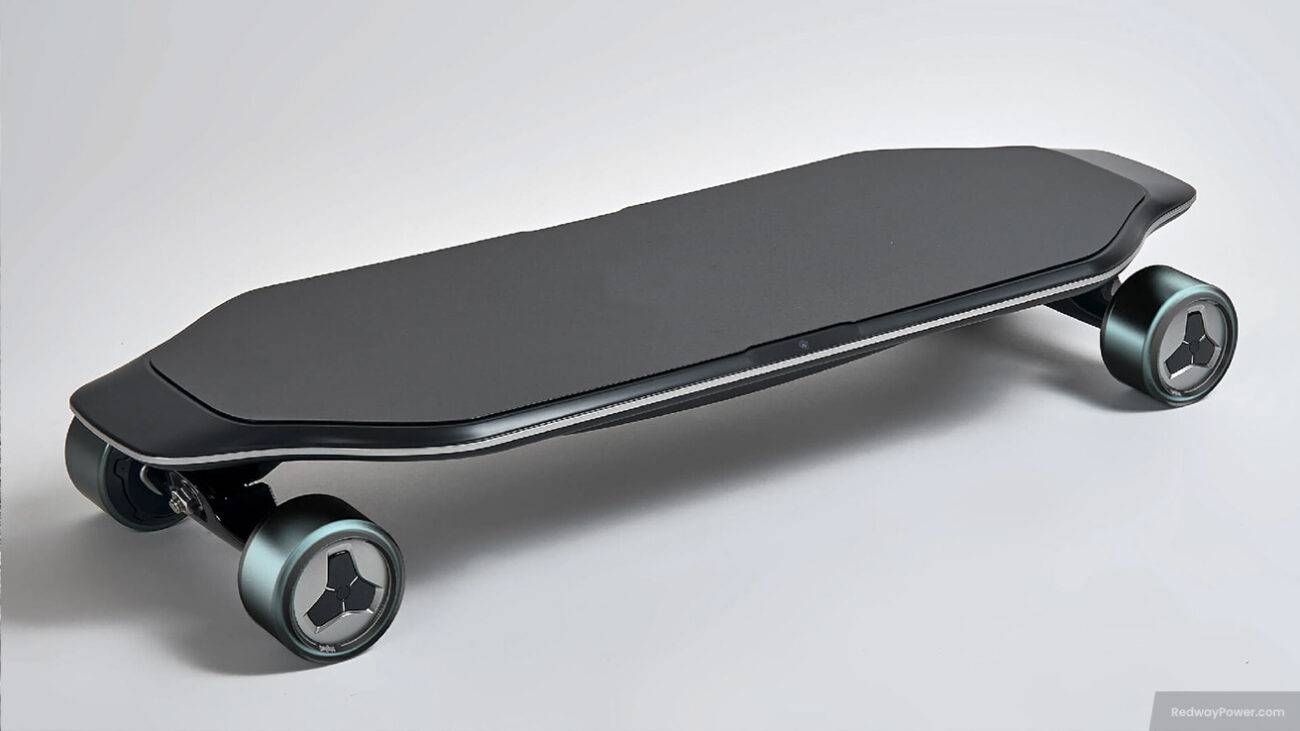
Blog
How Do I Choose The Right Battery Charger?
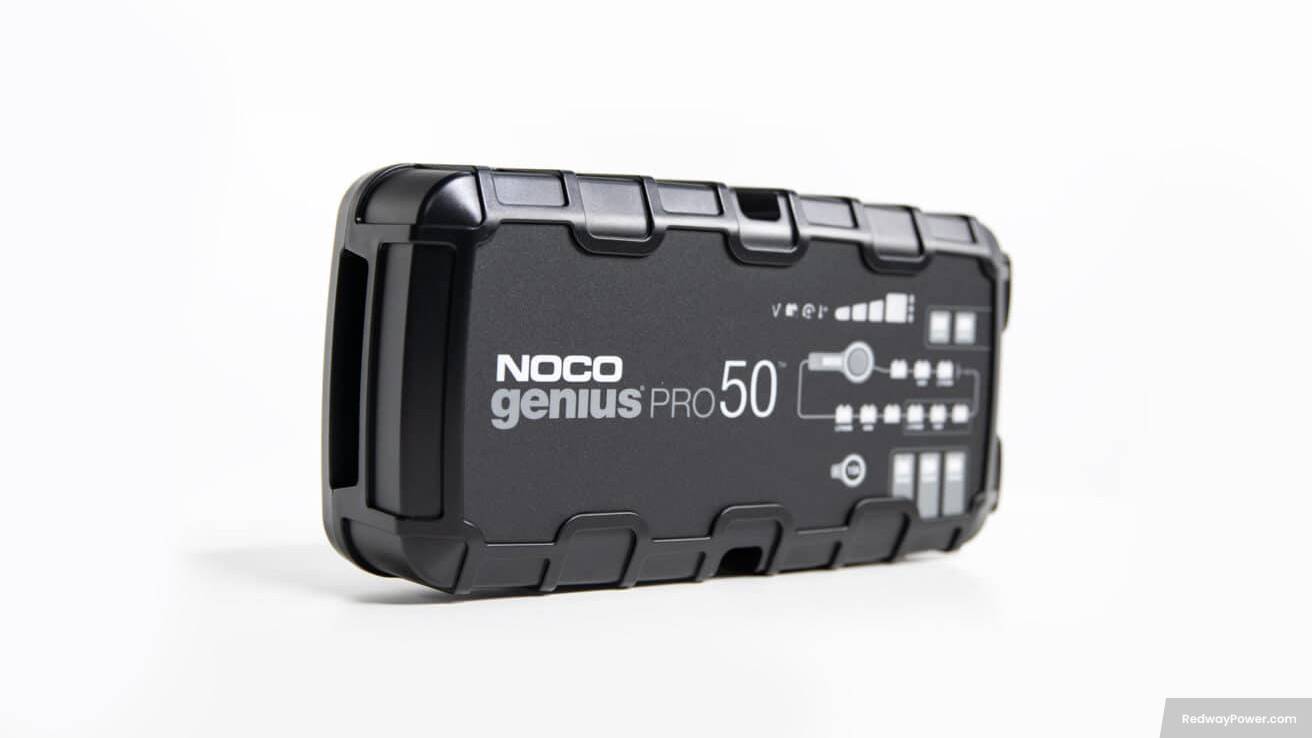
Choosing the right battery charger is crucial for ensuring optimal performance, safety, and longevity of your batteries, whether they are lithium, lead-acid, or others. Understanding your battery type, voltage requirements, and charging features can significantly enhance your charging experience.
Why is Choosing the Right Battery Charger Important?
Selecting an appropriate battery charger directly impacts your battery’s lifespan and efficiency. Using an incompatible charger can lead to overcharging, overheating, or even damage to your battery, making it essential to choose wisely.
How Do Different Battery Types Affect Charger Selection?
Different battery chemistries—such as lithium-ion, lead-acid, AGM, and gel batteries—require specific chargers tailored to their unique charging profiles and voltage requirements.Chart: Comparison of Common Battery Types and Chargers
| Battery Type | Recommended Charger Type | Key Characteristics |
|---|---|---|
| Lithium-ion | Lithium-specific charger | Requires precise voltage control |
| Lead-acid | Standard charger | Can use various types (smart or manual) |
| AGM | Smart charger | Needs controlled charging to prevent damage |
| Gel | Specific gel charger | Requires lower charging rates |
What is the Importance of Voltage Matching When Selecting a Charger?
Voltage matching is critical; using a charger with a voltage rating that does not align with your battery can cause undercharging or overcharging, both of which can damage your battery.
How to Determine Rated Amperage for Your Charger?
The rated amperage of a charger should ideally be about 10% of your battery’s amp-hour (AH) rating for safe and efficient charging without overheating or excessive wear.Chart: Recommended Charging Amperage Based on AH Rating
| Battery AH Rating | Recommended Charging Amperage |
|---|---|
| 50 AH | 5-10 A |
| 100 AH | 10-15 A |
| 200 AH | 20-25 A |
What Features Should You Look For in a Good Charger?
When selecting a charger, consider features such as smart charging capabilities, adjustable current settings, and digital displays that provide real-time status updates on charging progress.
What Safety Features Should a Good Charger Have?
Safety features are paramount; look for chargers equipped with overcharge protection, short-circuit prevention, and thermal management systems that help mitigate risks associated with charging.
How Can Smart Chargers Enhance Charging Efficiency?
Smart chargers utilize advanced algorithms to optimize charging cycles based on real-time data from the battery, improving efficiency while prolonging battery life.
Expert Views
“Choosing the right battery charger goes beyond just matching voltages; it involves understanding your battery’s chemistry and operational needs,” says Dr. Sarah Thompson, an expert in energy storage solutions.
FAQ Section
Q: Can I use any charger for my lithium battery?
A: No, you must use a lithium-specific charger designed to handle its unique requirements.
Q: Why is voltage matching important?
A: Mismatched voltage can lead to inefficient charging or damage to your battery.
Q: What features should I prioritize when choosing a charger?
A: Look for smart charging capabilities, safety features like overcharge protection, and adjustable current settings.
Why should AGM or GEL batteries not undergo equalize charging?
AGM and GEL batteries should avoid equalize charging as it involves high-voltage charging to rebalance cells, which can damage the sealed structure of these batteries. Equalizing may cause excessive gassing, potentially leading to overheating and a shortened battery lifespan.
What is the importance of Balance Charging for AGM and GEL batteries?
Balance charging helps ensure even charging across all cells in AGM and GEL batteries without excessive voltage. This prevents individual cells from overcharging, preserving battery integrity and maximizing lifespan without risking the delicate electrolyte balance in sealed batteries.
Why should chargers with an equalize mode or stage not be used on AGM or GEL batteries?
Chargers with an equalize mode can apply voltages that are too high for AGM and GEL batteries, risking internal damage. Such chargers may inadvertently cause gassing and overheating, reducing battery lifespan and potentially voiding warranties for these battery types.
What are the differences between the charging stages in a 3-stage voltage compensating and temperature sensing charger?
In a 3-stage charger, the bulk stage quickly charges to about 80%, the absorption stage gradually completes the charge, and the float stage maintains full charge without overcharging. Voltage compensation adjusts for temperature, preventing under- or overcharging in varying conditions, enhancing safety and battery health.
What are the recommended charge rates for batteries based on their 20-hour AH capacity?
Typically, batteries should be charged at 10-30% of their 20-hour AH capacity. For instance, a 100AH battery would ideally charge at 10-30 amps to prevent overheating while ensuring efficient charging.
How should one select a charger when changing between Flooded, AGM, and GEL-type batteries?
Select a charger with adjustable settings or specific modes for Flooded, AGM, and GEL batteries. Each type requires tailored voltage and charge stages, so a compatible charger helps avoid overcharging and meets the unique requirements of each battery type safely.
How do environmental factors influence the choice of battery charger?
Environmental considerations such as waterproofing, temperature range, and exposure to pollutants play a crucial role in selecting the appropriate charger for a given application.
What are the advantages and disadvantages of fan-cooled chargers?
Fan cooling can enhance reliability and reduce component temperatures, but it may introduce noise and require maintenance to prevent contamination of internal components.
What electrical factors should be considered when choosing a battery charger?
Factors like input voltage range, the number of battery banks required, and battery stack considerations are essential in determining the suitable charger for the electrical system.
Why is charge balancing important in battery stack configurations?
Charge balancing ensures that batteries in series receive an equal charge, preventing voltage imbalances and maximizing battery performance and longevity.
What battery characteristics should be evaluated when selecting a charger?
Battery chemistry, voltage rating, charging current acceptance, and depth of discharge are critical factors to consider to ensure compatibility and optimal charging performance.
Are there any safety agency requirements that need to be considered when selecting a battery charger?
Yes, battery chargers should meet standards from safety agencies like UL, CE, and IEC, which ensure protection against electrical hazards, overheating, and short circuits. These certifications verify that the charger is safe for specific battery chemistries and applications.
What role does battery chemistry play in selecting a charger?
Battery chemistry determines voltage, charging rate, and safety needs. Chargers must be compatible with the specific chemistry (e.g., lithium-ion, lead-acid) to ensure proper charging, prevent overheating, and maximize battery lifespan.
What considerations are important when dealing with battery stack configurations?
With battery stacks, chargers need to match the stack’s total voltage and support balanced charging across cells. Properly balancing cells prevents overcharging or undercharging and extends the lifespan of each cell in the stack.
How does the number of battery banks required affect the choice of a charger?
If multiple battery banks are used, a multi-bank charger is needed to charge each bank individually. Multi-bank chargers allow efficient power distribution, optimizing charging for each bank and ensuring each reaches full charge.
What are the pros and cons of fan cooling in a battery charger?
Fan cooling helps prevent overheating, making it ideal for high-power chargers. However, fans add noise, consume power, and may wear out over time. Passive cooling may be preferable for low-power chargers or noise-sensitive applications.
What are the environmental factors to consider when choosing a battery charger?
Environmental factors include temperature range, moisture levels, and exposure to dust or chemicals. Outdoor or industrial settings may require chargers with weatherproof enclosures, thermal protection, and corrosion-resistant materials.




